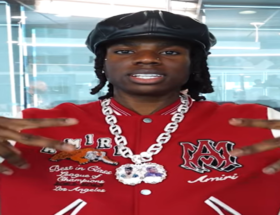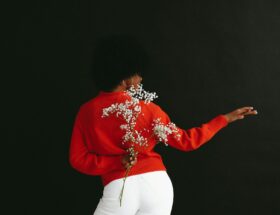In the ever-evolving narrative of the music industry, the celebration of diversity often walks a tightrope, balancing between genuine representation and the harsh glare of public scrutiny. This delicate balance was thrust into the spotlight with the release of Rema’s “Baby (Is It a Crime)” music video, featuring a dark-skinned lead actress whose presence ignited both acclaim and unwarranted criticism.
The actress, whose poise and depth brought an authentic resonance to the visual storytelling, became a focal point of discussion—not solely for her performance, but for the color of her skin. In an industry where Eurocentric beauty standards have long dominated, her casting was a refreshing deviation, emblematic of a broader movement toward inclusivity.
Yet, amidst the applause, there emerged a discordant note of criticism from certain quarters, questioning the choice of a dark-skinned woman in a leading role. Such sentiments underscore a lingering bias that continues to pervade facets of the entertainment world.
Addressing the undue critique, the actress candidly shared her experience, stating, “Being a dark-skinned woman in general is hard, but in front of the camera is even harder.” Her words shed light on the compounded challenges faced by women of color in the limelight, navigating an arena where their appearance is often unfairly scrutinized.
The backlash serves as a poignant reminder of the work yet to be done in dismantling entrenched prejudices. However, it also highlights the resilience and grace of those who, despite societal biases, continue to redefine beauty standards and inspire a new generation.
Rema’s decision to feature a dark-skinned lead is not just a testament to his artistic vision but also a bold statement in favor of diversity and representation. It challenges the industry to reflect on its biases and encourages audiences to embrace a more inclusive definition of beauty.
As the conversation around representation in media evolves, it is imperative to support and uplift voices that have long been marginalized. The journey toward inclusivity is ongoing, but with each step, propelled by artists and actors who dare to defy conventions, the path becomes clearer and the future, undeniably brighter.








